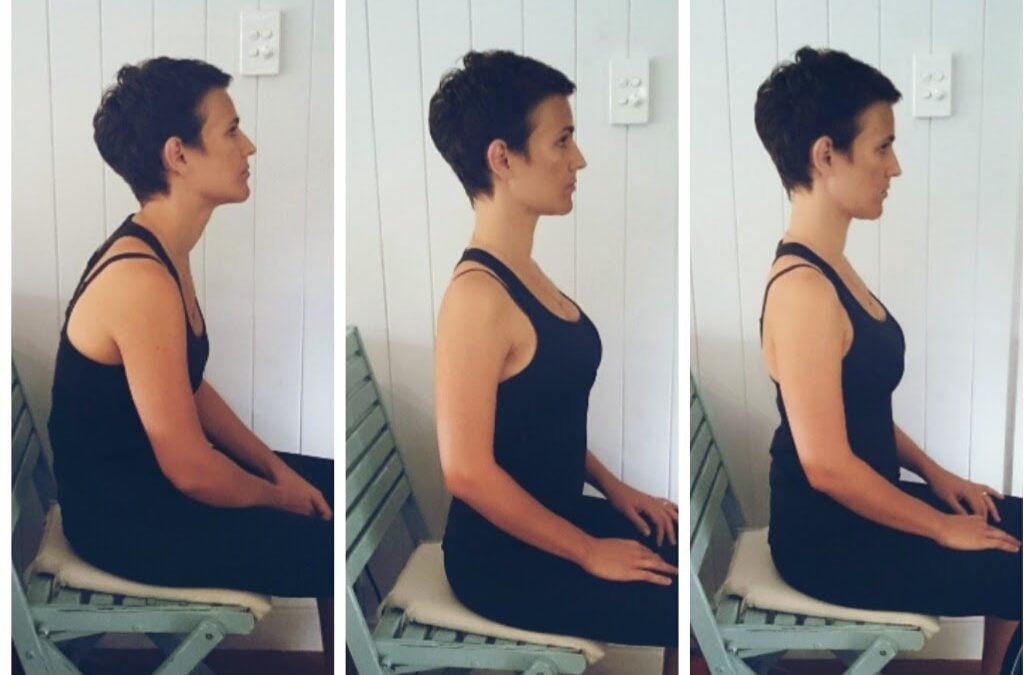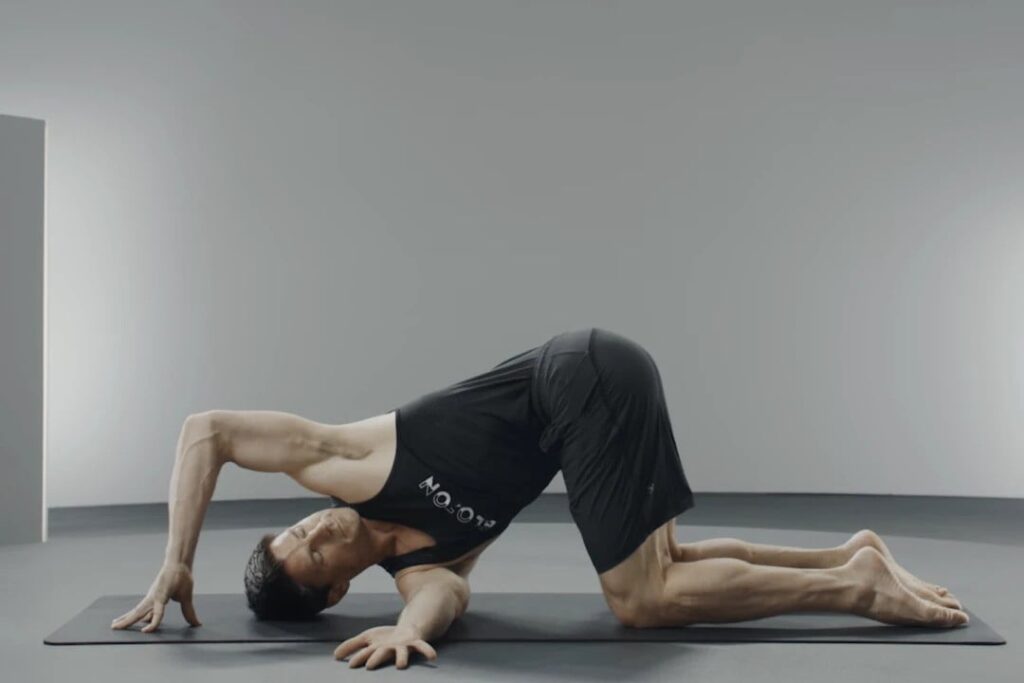Neck pain is a prevalent musculoskeletal issue, affecting nearly a third of working-age adults. You might currently feel tension in your neck and tight shoulders, especially as you engage with your screen.
Poor posture, particularly while using screens, often leads to overstrained neck and shoulder muscles, resulting in discomfort. Proactive measures are essential for long-term relief, and adopting healthier habits alongside treatments like yoga, acupuncture, and self-care can significantly improve your condition.
Interestingly, tightness in your neck and shoulders can also stem from weakness in stabilizing muscles, such as those in your arms. This weakness forces the neck muscles to compensate, increasing stress on the neck and shoulders.
To relieve tension in these areas, focusing on strengthening your shoulder rotator cuff and shoulder blade muscles is critical.
However, for a quicker remedy, consider these 10 effective strategies to alleviate neck and shoulder tightness.
Adjust Your Desk Setup
Your workstation setup plays a crucial role in neck and shoulder tension. Ensure your monitor is at eye level to maintain a relaxed head and neck position. Your elbows should rest comfortably on an armrest or desk, and keep your wrists neutral while typing or using a mouse.
Take a Break
Avoid remaining in one position for extended periods. Taking one to two-minute breaks every hour to move your head from side to side can help stretch tight neck and shoulder muscles.
Perfect Your Posture

Proper posture is vital in combating shoulder and neck pain, especially in our tech-driven world. Roll your shoulders back and squeeze your shoulder blades together; this simple adjustment can make a significant difference.
Do Some Shoulder Rolls
Incorporate shoulder rolls into your routine to loosen the muscles around your shoulder joints. Elevate your shoulders towards your ears, roll them forward, then back down to a neutral position. Repeat in the opposite direction for maximum benefit.
Use a Foam Roller
Foam rollers are effective for easing tension in the neck, shoulders, and upper back. Lie on a foam roller positioned under your spine, arms in goal post positions, and breathe deeply as you roll.
Try a Massage Gun
Massage guns are not just for athletes. Use one to target tense areas, ensuring you avoid bones or joints. Start with the lowest setting and work your way up for optimal relief.
Get a Deep Tissue Massage
A professional deep tissue massage is an excellent way to relieve tight neck and shoulder muscles. Follow up with gentle stretches to maximize benefits.
Squeeze Your Scapulae
Proper posture is vital in combating shoulder and neck pain, especially in our tech-driven world. Roll your shoulders back and squeeze your shoulder blades together; this simple adjustment can make a significant difference.
Do Some Shoulder Rolls
Incorporate shoulder rolls into your routine to loosen the muscles around your shoulder joints. Elevate your shoulders towards your ears, roll them forward, then back down to a neutral position. Repeat in the opposite direction for maximum benefit.
Use a Foam Roller
Foam rollers are effective for easing tension in the neck, shoulders, and upper back. Lie on a foam roller positioned under your spine, arms in goal post positions, and breathe deeply as you roll.
Try a Massage Gun
Massage guns are not just for athletes. Use one to target tense areas, ensuring you avoid bones or joints. Start with the lowest setting and work your way up for optimal relief.
Get a Deep Tissue Massage
A professional deep tissue massage is an excellent way to relieve tight neck and shoulder muscles. Follow up with gentle stretches to maximize benefits.
Squeeze Your Scapulae

Squeezing your shoulder blades together can help relieve neck and shoulder tightness. Hold the squeeze for five seconds and repeat ten times throughout the day.
Stretch Your Trapezius

Relieve trapezius tension through specific stretches, such as cobra pose, ear-to-shoulder stretch, and cat-cow pose. Incorporating yoga can greatly benefit your neck and shoulder health.
Do Deep Belly Breathing
Deep breathing exercises can help ease stress-related neck pain. Focus on breathing deeply from your belly, allowing full breaths to relax tight muscles.







